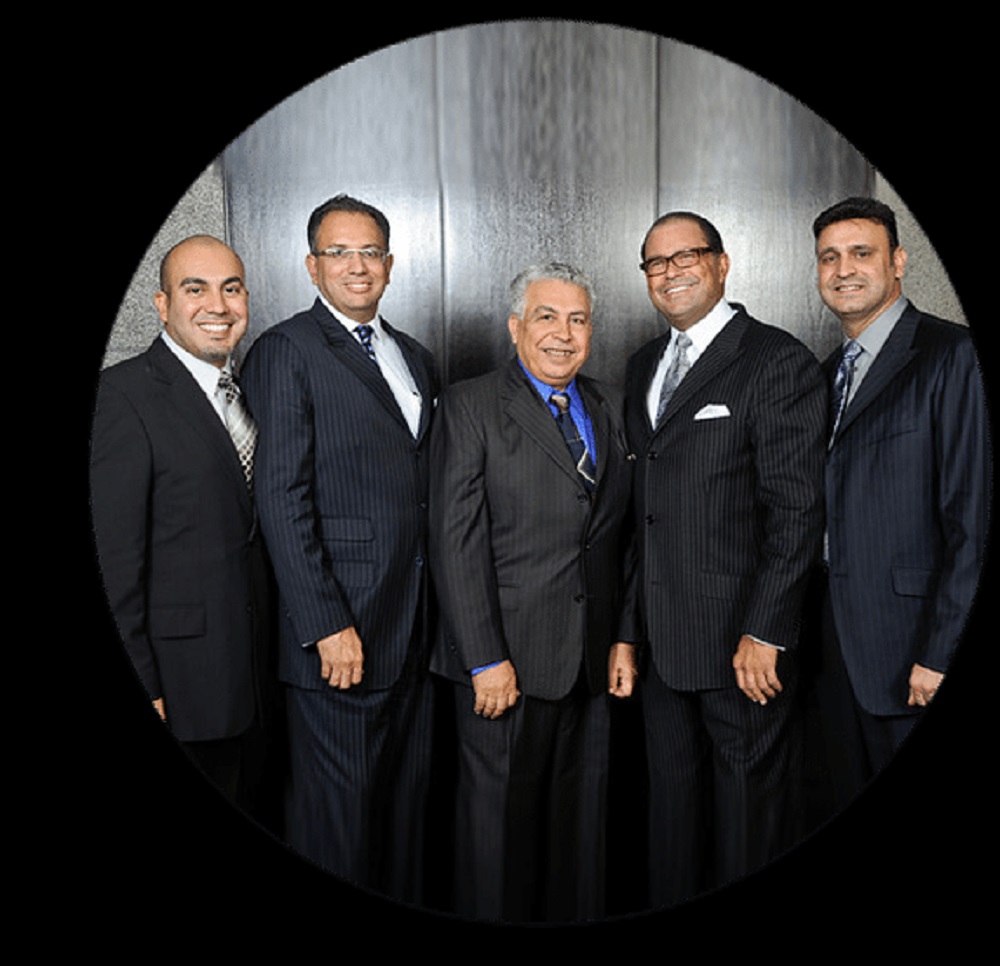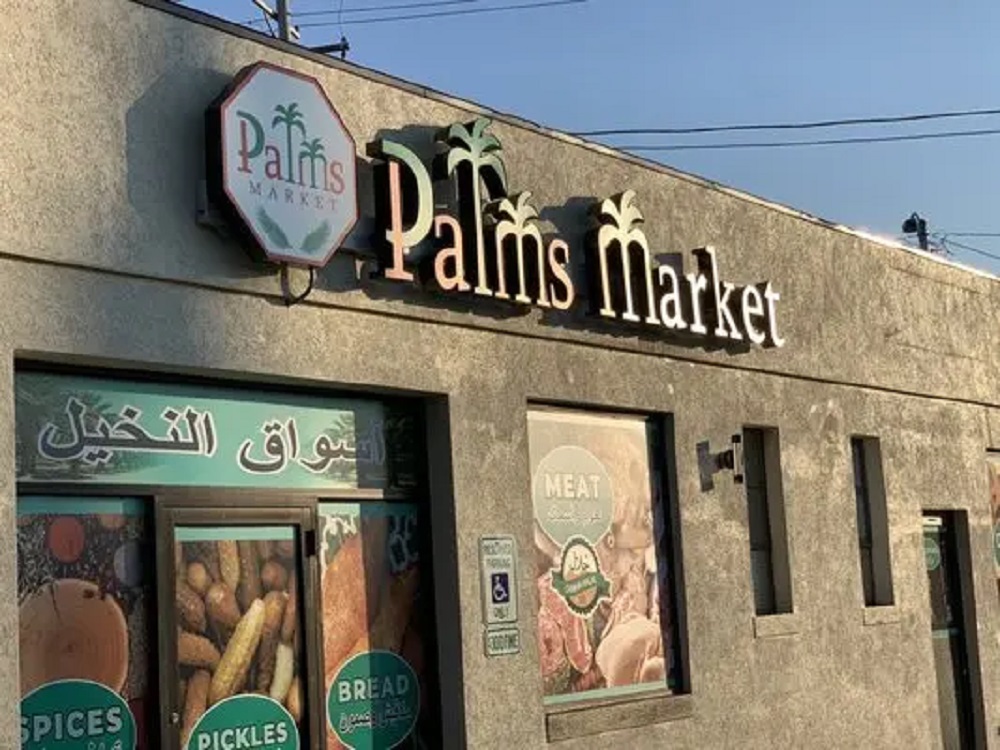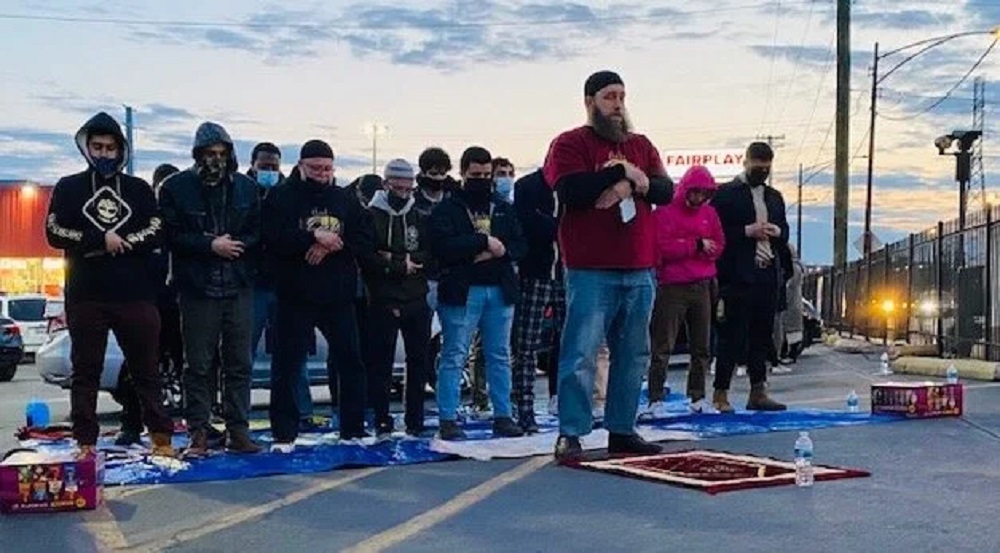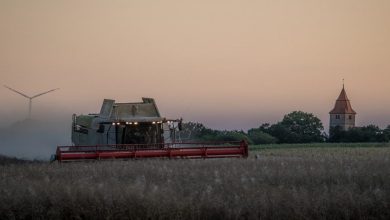Socioeconomic Disparities Among Muslims and Arabs in the United States: Causes and Solutions
Understanding the income, education, and occupational gaps within U.S. Muslim and Arab communities to inform policies and support economic mobility.

The United States has long been home to a diverse Muslim and Arab population, encompassing individuals from multiple nationalities, ethnic backgrounds, and religious traditions. While often viewed as a single community, the socioeconomic realities of Muslims and Arabs in the U.S. vary widely, reflecting differences in immigration history, education, occupation, and access to economic opportunities. Understanding these disparities is critical to addressing inequality, fostering inclusion, and supporting community development.
Historical Context and Immigration Patterns
Muslim and Arab Americans arrived in the U.S. in several waves. Early immigrants from the Levant—particularly Lebanon, Syria, and Palestine—came in the late 19th and early 20th centuries, often settling in urban centers like Detroit, New York, and Chicago. More recent immigrants, including those from South Asia, Somalia, and North Africa, arrived following U.S. immigration reforms in the 1960s and through refugee resettlement programs.
These varied migration patterns have contributed to a heterogeneous community. Early Arab immigrants often engaged in small business ownership, retail, and manufacturing, while recent arrivals may enter professions ranging from healthcare and technology to service industry roles. Such occupational diversity has created substantial income variation within the community.

Income and Wealth Disparities
Research indicates significant economic stratification among Muslims and Arabs in the U.S. While some families—particularly those with advanced degrees or professional backgrounds—achieve high income levels and stable wealth accumulation, others face economic precarity. According to Pew Research Center studies, roughly 30-35% of Muslim households earn below the U.S. median income, compared to about 22% of the general population. Arab Americans, similarly, experience disparities depending on immigration generation, educational attainment, and geographic location.
These disparities are compounded by factors such as English language proficiency, recognition of foreign degrees, and discrimination in hiring and workplace advancement. Refugees and recent immigrants often encounter initial barriers to employment, resulting in lower income levels during their first decade in the U.S.
Education and Occupational Trends
Education plays a pivotal role in shaping socioeconomic outcomes. Among U.S. Muslims, educational attainment varies widely: many South Asian and Arab professionals hold graduate or postgraduate degrees, particularly in engineering, healthcare, and business, contributing to middle- and upper-class status. Conversely, certain African and Middle Eastern refugee communities may have lower formal education levels due to disruptions caused by conflict or displacement, influencing occupational opportunities and income levels.
Occupational concentration also reflects these educational differences. Highly educated professionals gravitate toward sectors such as medicine, law, IT, and academia, while others may work in low-wage service sectors, construction, or small retail businesses. This occupational stratification further amplifies economic inequality within the community.

Geographic Factors and Community Support
Geography significantly affects socioeconomic outcomes. Cities like Detroit, Chicago, New York, and Los Angeles host well-established Arab and Muslim enclaves with robust community networks, educational institutions, and business associations, facilitating upward mobility. Smaller cities and rural areas often lack these resources, limiting access to high-quality education, mentorship, and economic opportunities.
Community organizations, mosques, and advocacy groups play a crucial role in mitigating economic disparities. Programs supporting entrepreneurship, vocational training, and youth development have helped bridge gaps, particularly for low-income families and recent immigrants.
Challenges of Discrimination and Social Mobility
Discrimination and Islamophobia add another layer of complexity to economic inequality. Muslim and Arab Americans may face bias in employment, housing, and public services, affecting social mobility. Studies show that individuals perceived as Muslim or Arab often encounter subtle and overt forms of workplace discrimination, which can hinder career advancement and income growth.
Furthermore, the intersection of race, religion, and immigrant status can exacerbate vulnerability. Black Muslims, for example, often face compounded economic disadvantages due to both racial and religious discrimination, highlighting the intersectional nature of inequality.

Policy Implications and Community Development
Addressing socioeconomic disparities among Muslims and Arabs in the U.S. requires targeted policies and community-based interventions. These may include:
-
Access to affordable education and vocational training programs.
-
Support for small business development within immigrant and refugee communities.
-
Anti-discrimination initiatives in employment and housing.
-
Strengthening social services and community networks in underserved areas.
-
Promoting inclusive urban planning that considers diverse populations.
By acknowledging the heterogeneity within these communities, policymakers and organizations can develop strategies that promote economic equity, enhance social mobility, and strengthen overall community resilience.



